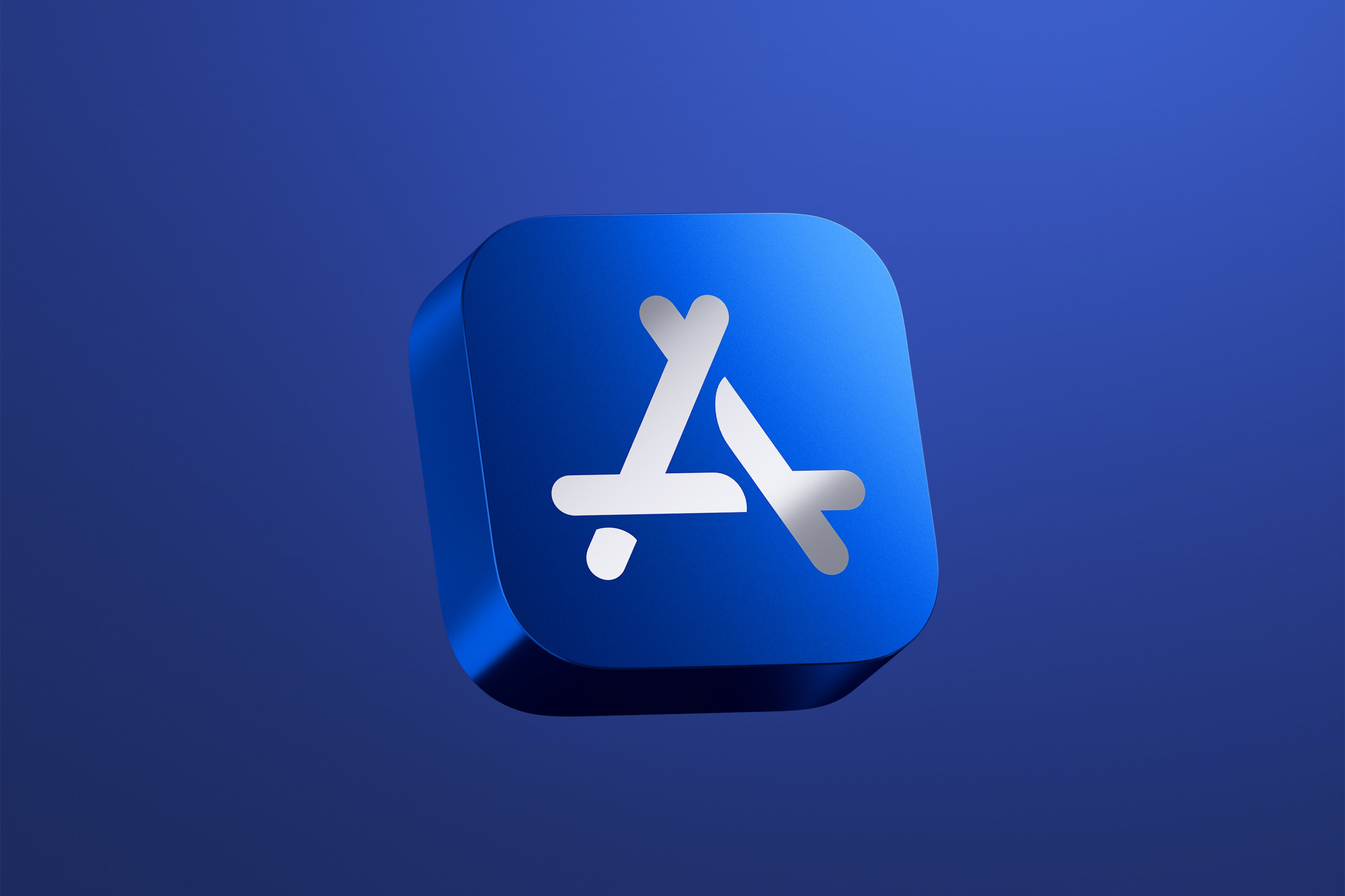After the European Union pushed Apple to make big changes to iOS and the App Store for users in Europe, other nations started looking into Apple’s rules too. Now, a court in Brazil has decided that Apple has just 90 days to let iPhone users in Brazil download apps from places other than the App Store, a process called sideloading.
Apple Faces New Rules in Brazil
According to the Brazilian newspaper Valor Econômico (mentioned by O Globo), a judge in Brazil said on Wednesday that Apple must allow apps from outside its store, just like it did in Europe. The judge believes Apple’s strict rules stop new companies from joining the market and competing fairly.
Back in November 2024, Brazil’s competition watchdog, called Cade, told Apple it could no longer block app makers from selling digital items or sharing apps outside the App Store. Apple was given 20 days to follow the rules or face a fine of over $40,000 per day. Apple fought back, asking for more time, and a judge agreed, saying the changes weren’t urgent. Apple argued that quick changes could hurt its business. Last month, the company attended a public meeting in Brazil about this issue.
Court Sets a Deadline
Now, Judge Pablo Zuniga has made it clear: Apple has three months to update iOS in Brazil. He pointed out that Apple already follows similar rules in other countries without major problems, so it shouldn’t be a big deal here, either.
The trouble started when Mercado Libre, a huge online shopping company in Latin America, complained that Apple forces app makers to use its payment system. Other businesses, like Match (which runs Tinder) and Epic Games, also told Brazil’s regulators they weren’t happy with Apple’s rules.
An Apple spokesperson told Valor Econômico that the company loves “lively and fair markets” and competes hard everywhere it works. But Apple warns that these changes might make iOS less safe and private for users. The company plans to fight the decision in court.




